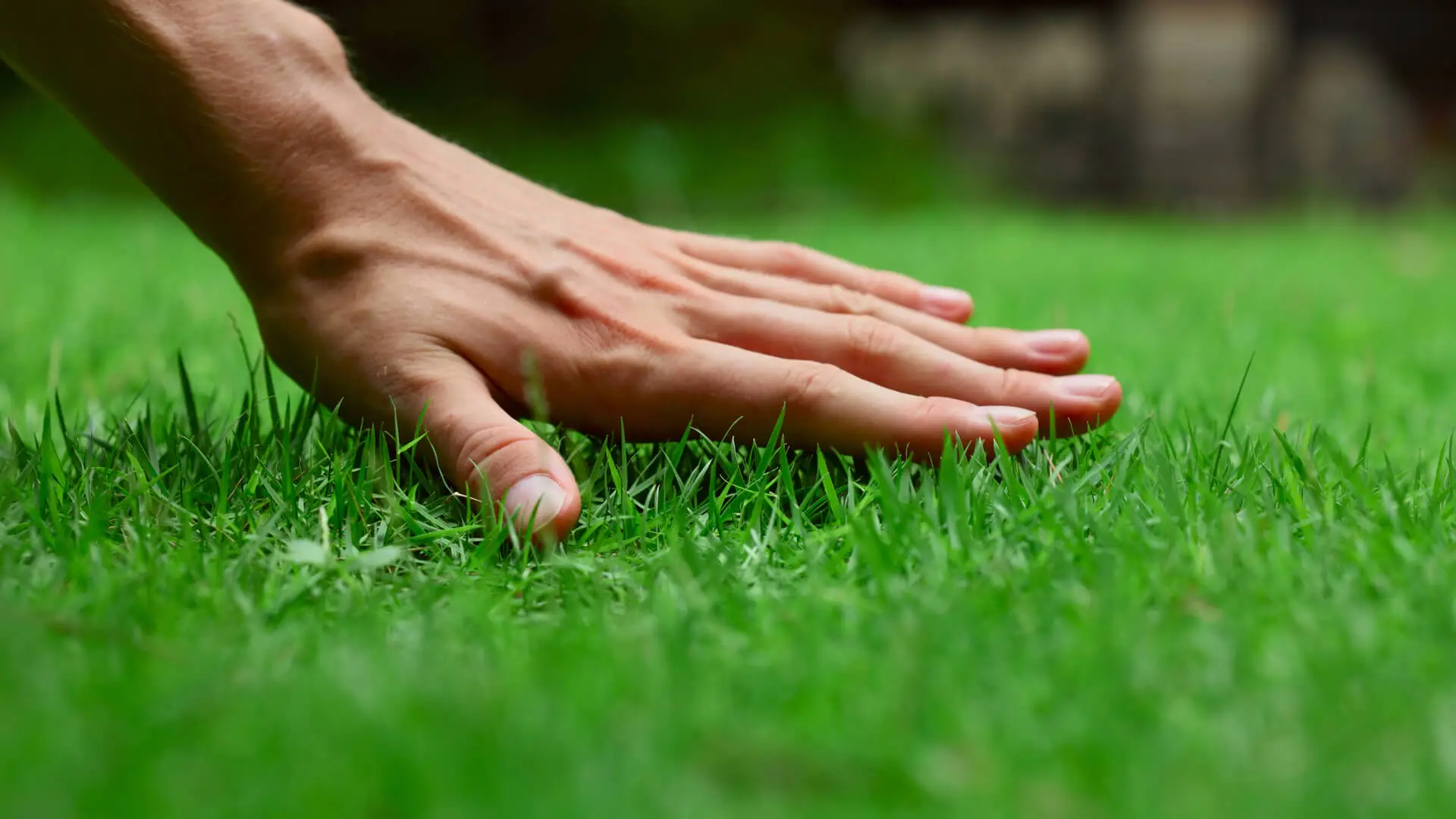When it comes to lawn care and maintenance, people usually make simple mistakes, driven by some old myths that get perpetuated from generation to generation. Some of these mistakes can result in lawn damages that are hard to repair and ask for a lot of effort and money. Taking into account the expertise of property owners in the areas of Allen, Frisco and Murphy, here are six myths and facts about the basics of lawn care that will save you a lot of time and effort as a lawn owner.
Myth: It is better to cut the lawn as short as possible in order to keep the lawn healthy and save you time and effort
Truth: This is actually damaging for the lawn, as the grass and turf needs the sun to facilitate photosynthesis and thus, healthy roots and strong grass blades. The grass should be cut at its ideal length in order to keep it nurtured and lush, and generally one third of the grass length should be removed when mowing.
Myth: Lawns should be watered every day with small amounts of water and not soaked
Truth: This may depend on the area you live in, the soil type, the grass type and the climacteric conditions, but generally, watering the lawn once a week should suffice in almost all parts of the country. Daily watering is bad for the roots system, as they will tend to grow closer to the ground surface and thus become more vulnerable to pests, weeds and disease. Sometimes, a good, deep soaking of the lawn is recommended for a healthy and lush turf.
Myth: Lawn fertilization is only a spring activity
Truth: This is why some lawns look like magazine photos and others look dry and suffering. A good lawn maintenance plan provides fertilization at least three times in a year. If you don’t know how and when exactly you should fertilize your lawn, talk to your local lawn care center and they will have their specialists assess your lawn (including soil type, grass type, moist, level of fertilization needed according to your local climate) and they will properly nurture your lawn. As a general rule, the three yearly fertilization steps should be carried out in early and late spring, for boosting health and preventing the summer’s weed and pests outbreaks and once in autumn, to strengthen the roots system and keep the lawn nurtured and healthy for the winter, ensuring a lush landscape in the upcoming spring.
Myth: You never leave behind grass clippings, as they damage the lawn.
Truth: Many lawn and garden owners fear the thatch and the vegetal debris comprising also weeds and crabgrass and this is why they are reluctant in recycling the clippings as a natural nutrient source for their lawns. Generally, thatch and weeds lying around are dangerous, but if the clippings don’t present traces of weeds and the quantity isn’t large enough to facilitate thatch to suffocate the lawn, recycled clippings represent one of the most environmental friendly ways to feed your lawn with little effort in a natural way.
Myth: There’s no need to replace mow blades as they resist for very long periods of time
Truth: Unless they are made from some experimental alloy, mow blades dull just like any other blades, especially since these ones are subjected to hard work. They get damaged by debris, branches, stones and they actually lose their sharpness very fast. If you make a comparison with shaving, you will understand that dull blades are a threat to the turf, as they tear more than they cut and this has a negative effect over the lawn. Dull blades need to be replaced at the earliest signs of dullness and even if some blades look cheaper, you should not fall for the low price, but get the ones recommended for your type of lawn mower, as even the slightest error in attachment may turn into a catastrophe.
Myth: Lawn maintenance is so easy, even kids can and should do it
Truth: If you are curious to know more about lawn mowing accidents (sometimes fatal) affecting children, you can read the news and be scarred for life. In theory, lawn mowing and weeds pulling is easy, but it is not a job for children, as they are susceptible to a lot of unpredictable accidents caused by stones, debris, wood chips, and lawn mower blades and so on. Even adults should take extra safety measures and you won’t see a responsible gardener or lawn owner doing outdoor chores without wearing closed – toe shoes which don’t slip, gloves, goggles, a hat, ear plugs and even a protection apron. Child’s play and adult activities should not be confounded, not to mention that some weeds are skin irritating and even have thorns.







